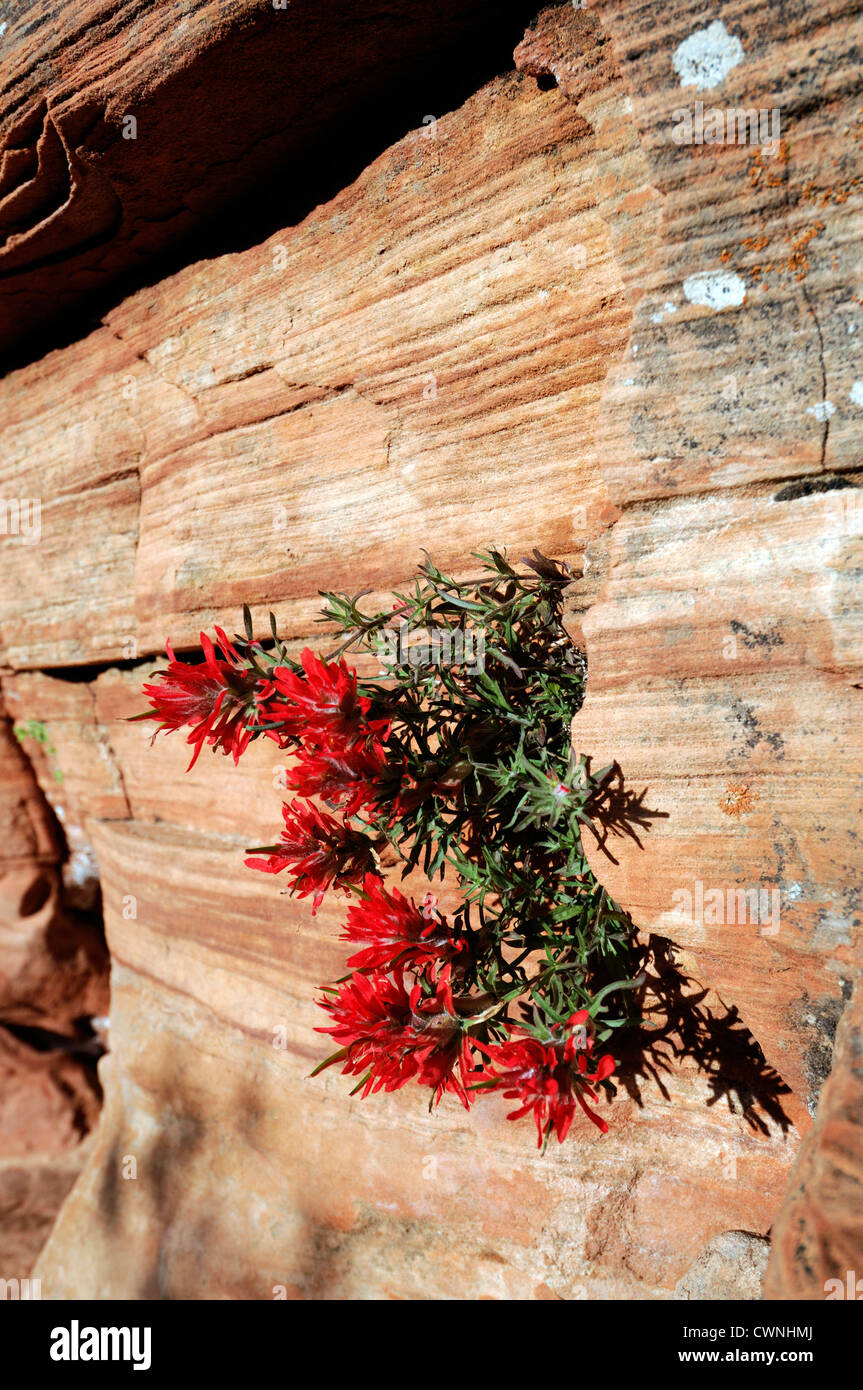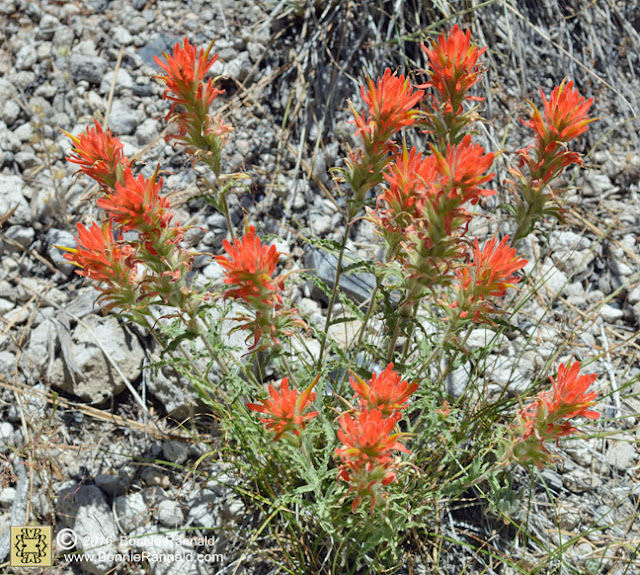

Indian paintbrush can be used in the process of bioremediation (removal of pollutants from the soil with a help of living creatures) because of its ability to absorb and store large quantities of selenium in the roots and green parts.Ĭastilleja linariaefolia, is a species of Indian paintbrush, best known as the state flower of Wyoming. Indian paintbrush was used as a source of dyes in the past. They also used Indian paintbrush to improve quality and gloss of the hair. Native Americans used Indian paintbrush in treatment of rheumatism and to boost their immune system. Native Americans used flowers of Indian paintbrush as condiment. It was often used among various tribes of Native Americans, hence the name - Indian paintbrush. Upper part of Indian paintbrush resembles a brush covered with bright dyes. Various species can be found at our local native plant nurseries. Indian paintbrush is able to absorb some of these alkaloids to protect itself also. Sierra or the Mojave Desert, Indian paintbrush always elicits special attention. Lupine produces alkaloids (type of bitter-tasting compounds) that repel herbivores. It often lives close to sagebrush and lupine.

Indian paintbrush can parasitize on many plant species. Indian paintbrush grows in deserts, dry, sandy prairies, scrublands and woodlands. There are around 200 species of Indian paintbrush that originate from western parts of the North and South America and North Asia. Indian paintbrush can produce food via process of photosynthesis (like other green plants), but it thrives much better and survives even on the poor and dry soil when it "steals" water and nutrients from the roots of other plants. Indian paintbrush, also known as prairie fire, is a genus of herbaceous plants that belong to the broomrape family. It uses specially designed tubes called haustoria (modified roots) for the absorption of water and nutrients from the roots of nearby, host plants. Indian paintbrush propagates via seed and division of the underground stem. Large, colorful bracts attract hummingbirds, main pollinators of these plants.įruit of Indian paintbrush is capsule filled with numerous seed. Indian paintbrush blooms from May to September.

They surround small, tube-shaped, whitish green or yellow, "true" flowers, densely packed in the form of spike. Indian paintbrush produces large, three-lobed bright colored bracts (modified leaves) that can be red, yellow, orange, purple or pink colored. Upper leaves are divided in three lobes and covered with hairs. Indian paintbrush produces long, narrow, lanceolate, green leaves with smooth edges and pointed tips. Indian paintbrush develops erect, unbranched, hairy stem that can reach 12 to 20 inches (rarely 2 feet) in height. Cultivation of Indian paintbrush is difficult because these plants require hosts for the successful growth and development (they belong to the group of parasitic plants).

Climate data used in creation of plant range maps is from PRISM Climate Group, Oregon State University, using 30 year (1981-2010) annual "normals" at an 800 meter spatial resolution.Indian paintbrush, also known as prairie fire, is a genus of herbaceous plants that belong to the broomrape family.
Desert indian paintbrush plant nursery manual#
Other general sources of information include Calflora, CNPS Manual of Vegetation Online, Jepson Flora Project, Las Pilitas, Theodore Payne, Tree of Life, The Xerces Society, and information provided by CNPS volunteer editors, with special thanks to Don Rideout. Sources of plant photos include CalPhotos, Wikimedia Commons, and independent plant photographers who have agreed to share their images with Calscape. This Indian paintbrush is under half a meter in height and has bristly gray-green to purple-red herbage. It is an herbaceous perennial native to the desert scrub and woodlands of western North America. Propogation from seed information provided by the Santa Barbara Botanical Garden from "Seed Propagation of Native California Plants" by Dara E. Castilleja angustifolia is a species of wildflower known by the common names northwestern paintbrush and desert Indian paintbrush. Plant observation data provided by the participants of the California Consortia of Herbaria, Sunset information provided by Jepson Flora Project. All text shown in the "About" section of these pages is available under the Creative Commons Attribution-ShareAlike License.


 0 kommentar(er)
0 kommentar(er)
